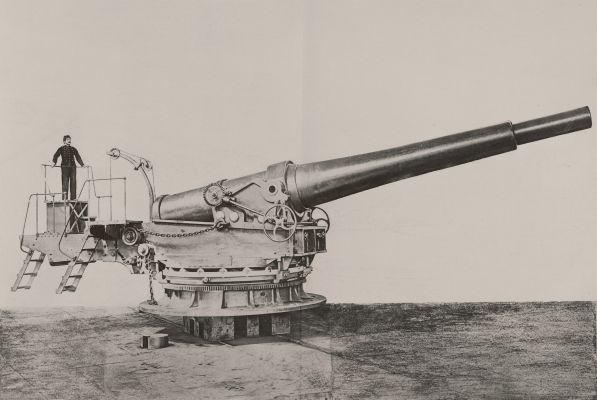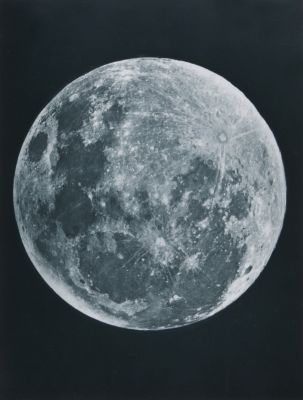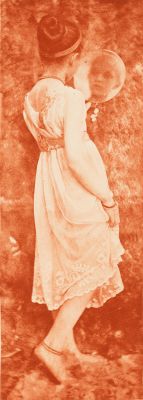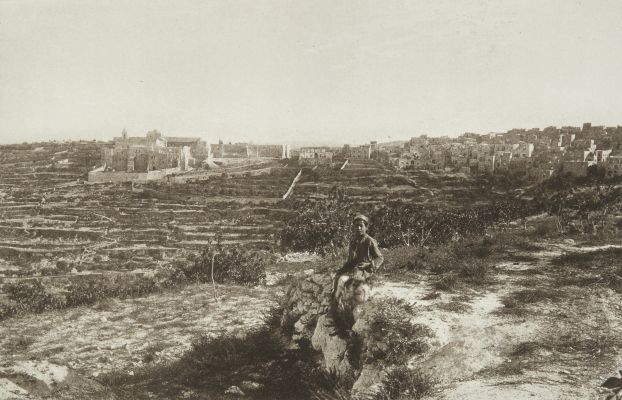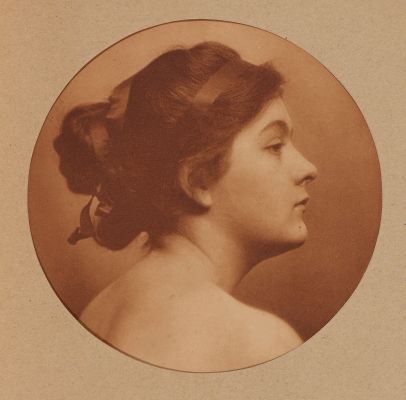
Title
Hancock House, Boston. An Original Sun PictureArtist
Whipple, John Adams (American, 1822-1891)Publication
Homes of American StatesmenDate
1854Process
CrystalotypeImage Size
10 x 11.8 cm
Homes of American Statesmen (1854) published by G.P. Putnam and Co. is considered the first book published in America to contain a photograph. Each copy had as the frontispiece a pasted-in crystalotype print of the Hancock House in Boston. Written in pencil below the image was ‘Hancock House – Boston, an original sun picture‘. The photo has been credited to John A. Whipple (1822-1891, but there is good circumstantial evidence that his partner James Wallace Black (1825-1896) was really the photographer. Producing a large number of prints of the photograph required using several different negatives so copies of the book have slight variants of the image bound in.
John Adams Whipple (September 10, 1822–1891) was an American inventor and early photographer. He was the first in the United States to manufacture the chemicals used for daguerreotypes. Over time he became a prominent daguerreotype portraitist in Boston. In addition to making portraits for the Whipple and Black studio, Whipple photographed important buildings in and around Boston, including the house occupied by General George Washington in 1775 and 1776 (photographed circa 1855, now in the Smithsonian). On the night of July 16-17, 1850, Whipple and Bond made the first daguerreotype of a star (Vega). In 1863, Whipple used electric lights to take night photographs of Boston Common. Whipple was as prolific as an inventor as a photographer. He invented crayon daguerreotypes and with his partner, James Wallace Black, he developed the crystalotype process for making paper prints from glass albumen negatives. His American patents include Patent Number 6,056, the "Crayon Daguerreotype"; Patent Number 7,458, the "Crystallotype". [1]
References
[1] Wikipedia


